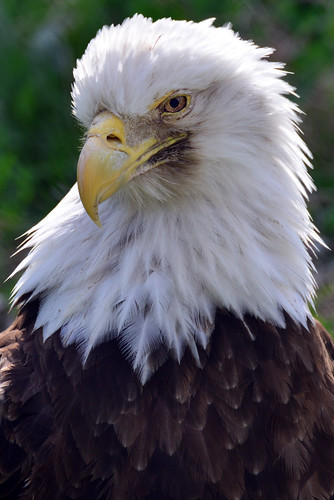coreno
TPF Noob!
- Joined
- Feb 7, 2016
- Messages
- 25
- Reaction score
- 5
- Can others edit my Photos
- Photos NOT OK to edit
I have a Nikon 55-300mm lens that I got with my first DSLR (Nikon D5500) about 3 months ago. I like doing wildlife photography, so long reach is very important to me. I was a bit frustrated with some of the results I was getting from the lens, but figured I wasn't using it correctly, and was trying to get more from it than it was designed for. So last week I sprung for the Sigma 150-600mm lens and the difference is staggering.
Now I'm relatively confident it's not me, it's the lens. But the difference between the lenses is so dramatic I wonder if something is wrong with my Nikon 55-300.
I know lenses tend to do worse at maximum reach and wide-open aperture, which is why I included two shots with the Sigma one at comparable focal length, and one at max focal length wide-open).
Comparison at 100% crop (Nikon 55-300 f4.5-5.6 vs Sigma 150-600 f5-6.3)

Is the difference just the quality of the lens, or is there something wrong?
Now I'm relatively confident it's not me, it's the lens. But the difference between the lenses is so dramatic I wonder if something is wrong with my Nikon 55-300.
I know lenses tend to do worse at maximum reach and wide-open aperture, which is why I included two shots with the Sigma one at comparable focal length, and one at max focal length wide-open).
Comparison at 100% crop (Nikon 55-300 f4.5-5.6 vs Sigma 150-600 f5-6.3)

Is the difference just the quality of the lens, or is there something wrong?

 223
223











